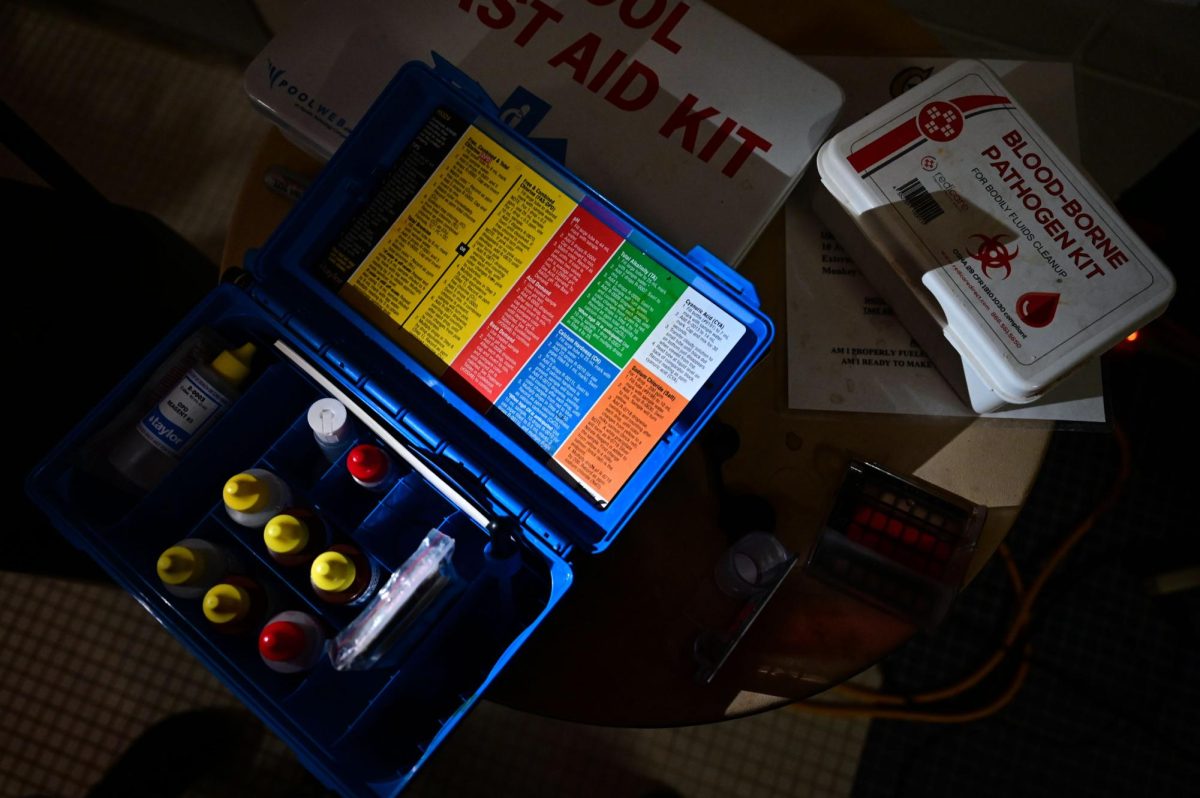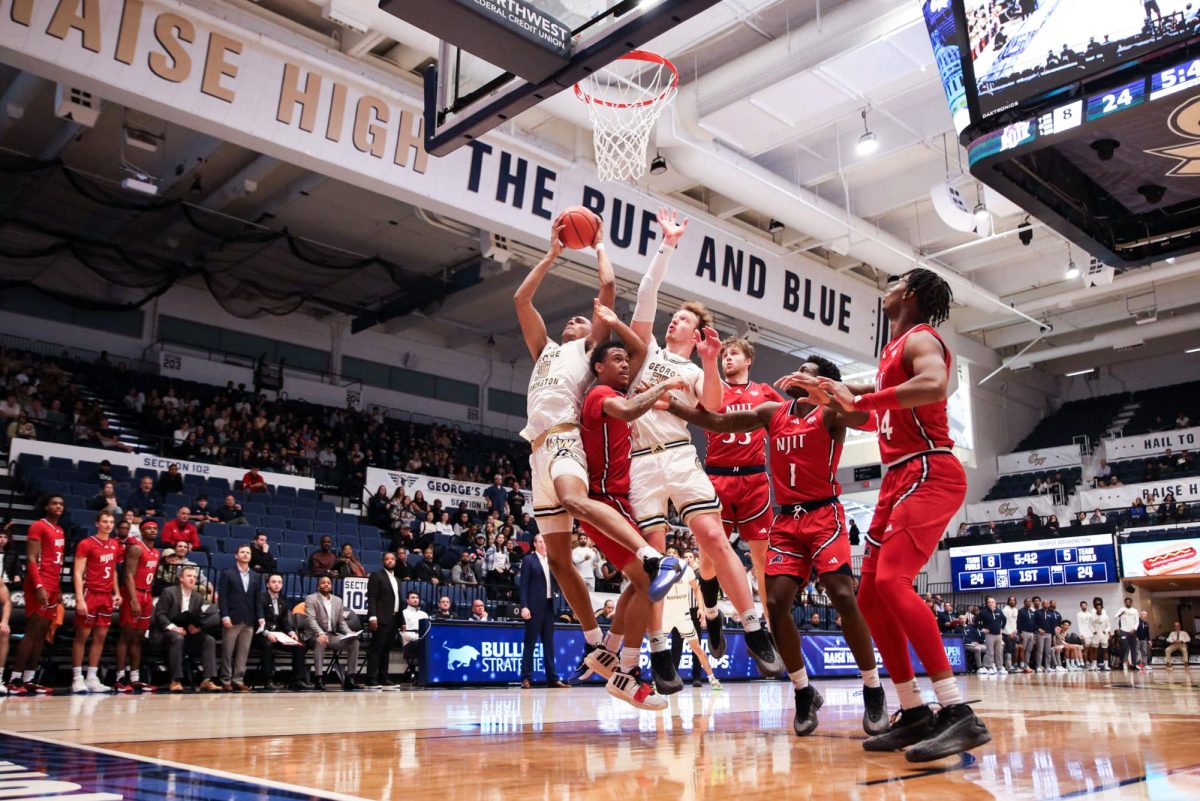The Atlantic 10 will likely invite two or three schools to join the conference within the next several weeks, GW officials told The Hatchet last week.
With the Big East reportedly set to extend invitations to four Conference USA schools, the A-10 will look to act quickly once the Big East announces a decision.
“It’s not a done deal,” GW Director of Athletics Jack Kvancz said. “There are some (A-10) schools that have some concerns. But unless there’s something that we don’t know, I would think that we will probably increase two or three fold.”
The Big East will reportedly add the University of Louisville, the University of Cincinnati, Marquette University and DePaul University for the 2005-06 academic year to replace last summer’s defections to the Atlantic Coast Conference.
While league officials declined to comment on specific schools they are looking at, the A-10 is reportedly considering the additions of two other C-USA schools, the University of North Carolina-Charlotte and Saint Louis University, as well as Boston University.
Kvancz said the university presidents of the Big East are scheduled to meet on Saturday and could make a decision then.
“If that’s the case, then I would think if they did it in the morning, we would do it in the afternoon,” he said. “We have done due diligence with everything we have to do.”
But a source close to the process told the Associated Press Wednesday that the Big East will make its formal invitations in November. And A-10 Commissioner Linda Bruno said the expediency of her conference’s decision will depend on how comfortable the league presidents are with the information they have.
GW President Stephen Joel Trachtenberg, who also heads the A-10 Presidents’ Council, said he wants to look at other alternatives besides Charlotte and Saint Louis.
“I’m not interested in a Soviet-style election where we have two vacancies and two schools,” he said. “So I’m going to want an agenda of schools to look at.”
Kvancz and Trachtenberg said the A-10 will consider both the athletic and academic qualities of expansion candidates. Athletic quality will largely be judged by the Ratings Percentage Index (RPI) of schools’ men’s basketball teams, a statistic calculated from winning percentage (50 percent), schedule strength (25 percent) and strength of opponent’s schedule (25 percent). Charlotte, Saint Louis and Boston University all had higher RPIs than GW last year.
“From an RPI point of view, Charlotte and Saint Louis are very good,” Trachtenberg said. “From an academic point of view, it seems to me there are other schools out there whose mission is more in accord with our own.”
Kvancz said another consideration will be the increased cost of travel if the league expands as far west as Missouri and as far south as North Carolina. To limit travel, the idea of restructuring the league from two to three divisions has been discussed. In order for the A-10 to maintain an even number of teams in each division, it would either have to add two or four schools and keep the two divisions or add three schools and split into three.
Another option is for the A-10 not to add any schools, which Trachtenberg, Bruno and Kvancz stressed has not been ruled out now that they are not in any apparent danger of losing members as there was concern about earlier this year.
“We are primed to do something,” Kvancz said. “But that something also includes staying where we are.”
Still, Kvancz said he is 95 percent certain the league presidents will vote to expand at some point in the near future. When that happens, formal invitations will be extended immediately as per A-10 procedure, avoiding the long public courting process seen earlier this year in the ACC.
“We are looking to become a more competitive conference,” Trachtenberg said. “And I think after all the dust settles, we’re going to end up with a very strong conference and one that is particularly good for GW.”






